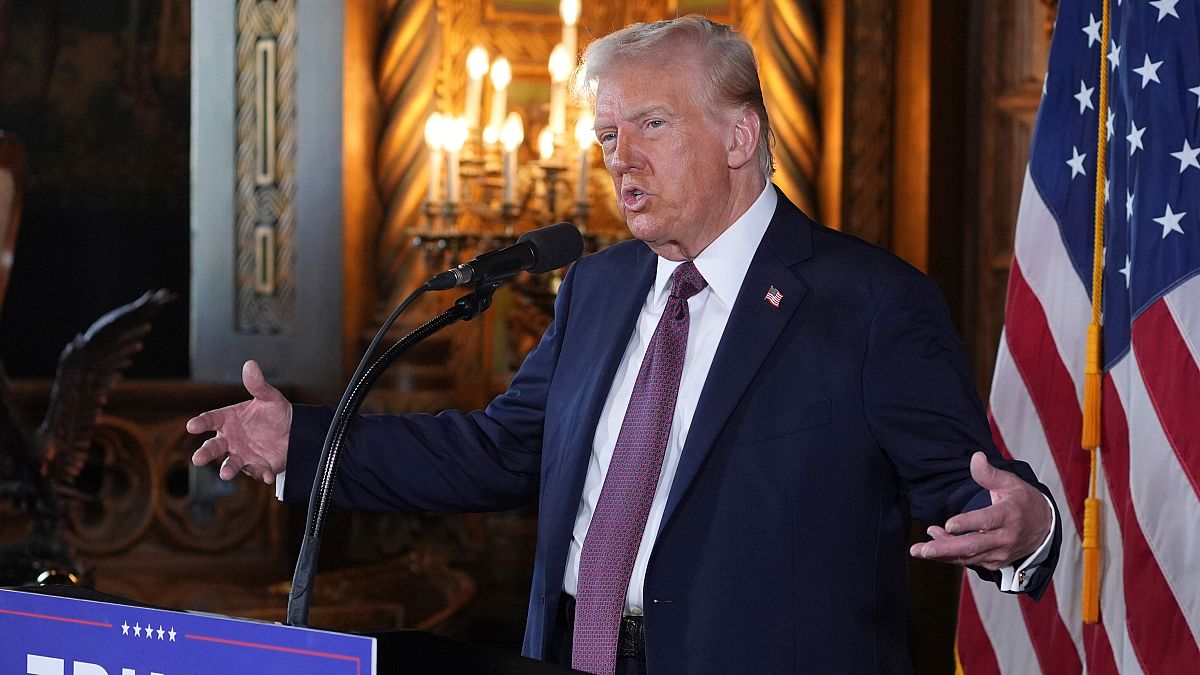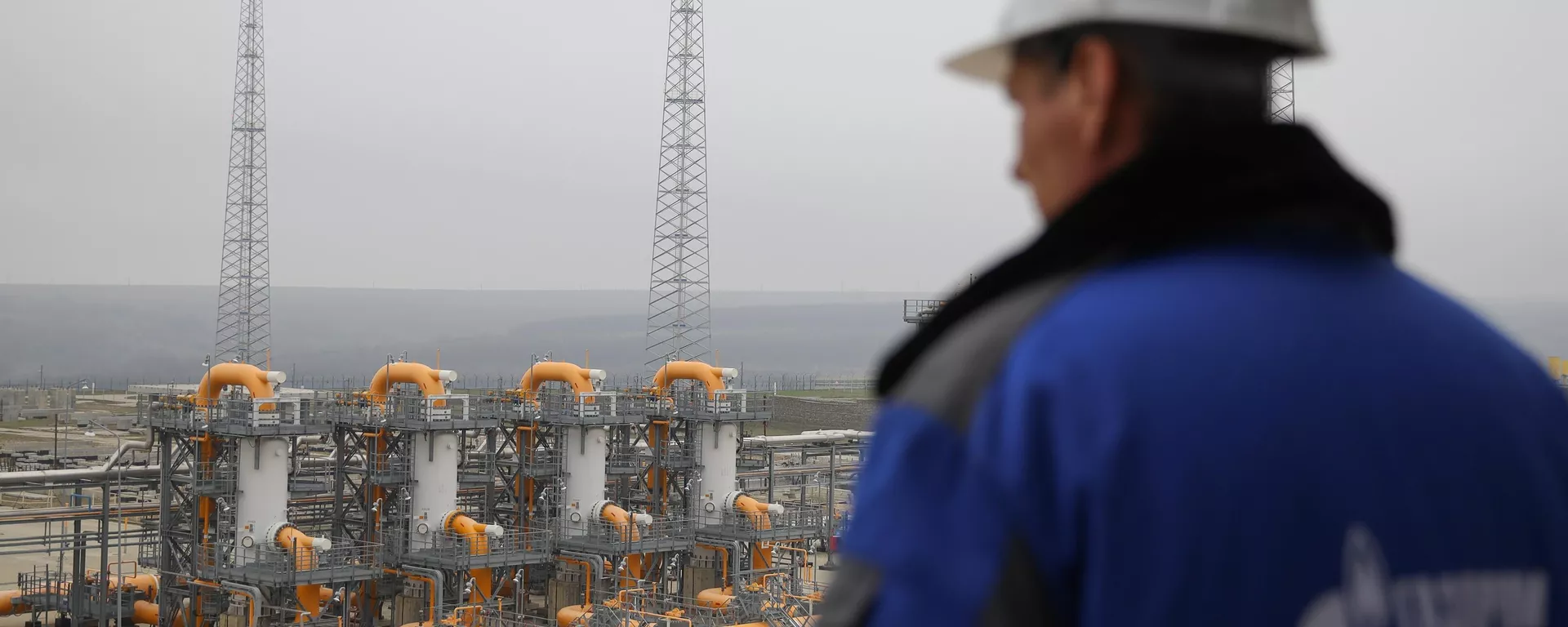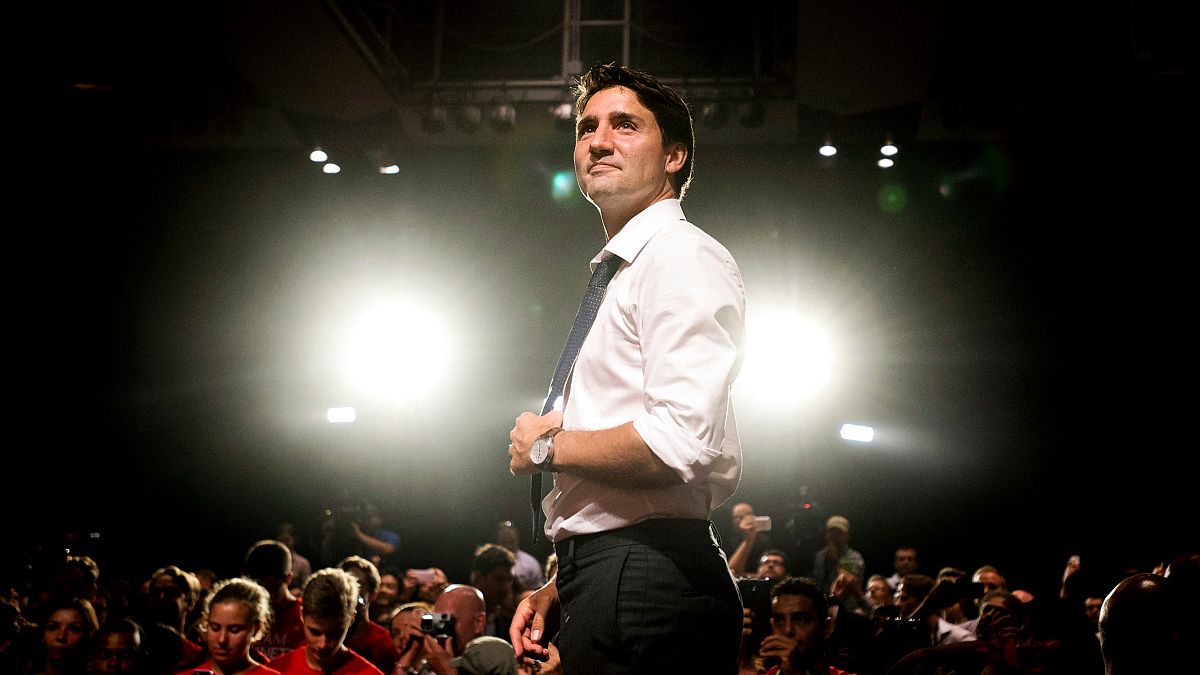The new reality in Syria may prove beneficial for some actors and detrimental for others — and there is no simple explanation, as there never has been for the last 13 years.
Arguably, very few foresaw what was about to happen in Damascus.
Not a fortnight ago, the Hayat Tahrir al-Sham (HTS) rebels opposed to the Bashar al-Assad regime made swooping gains in Syria the likes of which have not been seen since the civil war erupted in the conflict-ridden country in 2011.
On 27 November, HTS launched a surprise offensive from Idlib, targeting Aleppo. Just two days later, militants entered the second-biggest city in Syria.
Last Thursday, HTS took control of Homs, an industrial centre and a city of significant symbolism for the Syrian uprising. Just two days later, HTS reached the outskirts of the Syrian capital Damascus, exchanging fire with troops aligned with the al-Assad government.
Not 24 hours after that, Damascus fell into the hands of the HTS, marking the end of Bashar al-Assad's rule.
Toppling a family that ruled Syria for 53 years overnight ended being an unusually simple endeavour, which was a shocker for Syrians and observers alike.
Syria was ruled by the al-Assad dynasty ever since Hafez al-Assad came to power in 1971, who ruled the Middle Eastern country until his death in 2000.
His son, Bashar al-Assad, then took over and remained in power until Sunday, the very day he got on a plane and flew to Moscow, where his bid for political asylum was approved over what the Kremlin said were "humanitarian" reasons.
Al-Assad clung to power for nearly 13 years despite years of infighting and suddenly gave up, so what happened? And more importantly, how it happened? And perhaps most importantly, who stands to gain or lose from the new political reality in Syria?
How we ended up here?
Syrian civil war has been, for all intents and purposes, a microcosm of a global conflict concentrated in an area comparable to half the size of Germany.
The war-riddled country has been the key battleground for the war of proxies subservient to the two dominant blocs: the US-led West and Russia and Iran-led East. In 2011, when the fighting erupted in Syria, global tensions quickly became reminiscent of the Cold War era.
In 2014, US President Barack Obama and Turkish Prime Minister Recep Tayyip Erdoğan, who has since then remained in power as president, struck a deal to “train and equip” moderate Syrian opposition in their fight against the al-Assad administration and the so-called Islamic State (IS) extremists.
However, after allocating $500 million for the cause and failing to see any positive outcome, the Washington authorities became disillusioned with their involvement.
Obama’s consequent move to pull the plug on the program would later prove to be detrimental to the bilateral relations between Türkiye and the US, with the former regarding the US support shifting in favour of the Kurdish-led People’s Protection Units (YPG) as an existential threat due to the group’s perceived proximity to the Kurdistan Workers’ Party (PKK) which has waged a 40-year guerilla war against the Turkish state.
As the “moderate rebels” failed to make any significant progress on the ground against the so-called IS, the US continued to heavily arm and provide intelligence to the YPG, which later rebranded itself as Syrian Democratic Forces (SDF) in an attempt at swaying Turkish opinion.
The rebrand did not work, and the Turkish military organised several incursions into Syria against SDF and IS forces alike, setting up buffer zones on the border.
With the SDF forces aided by US-led airstrikes proving instrumental in wiping Islamic State off the map, there were now roughly four loosely connected areas of control in Syria: Turkish military-controlled areas in the north, SDF-controlled areas in the northeast, Idlib and surrounding areas under the control of rebels who lost US support but retained Türkiye’s nonetheless, and the al-Assad administration holding capital Damascus, and Alawite-minority strongholds Latakia and Tartous.
With Russia and Iran heavily backing al-Assad’s government in those areas with airstrikes and Shiite militias, respectively, the now-deposed strongman managed to retain his throne for over a decade, until his flight to Moscow on Sunday.
Who stands to lose?
One of the key factors for the sudden downfall of the al-Assad administration lies further up north, in Ukraine.
Russia has been on a brutal all-out war of aggression against its neighbour for nearly three years now, which Moscow sees as crucial to Russia’s long-term interests.
This means that Russian President Vladimir Putin either did not have the option or did not find it feasible to allocate the much-needed resources to prop up and keep al-Assad in power.
With Syria’s Mediterranean coast, where Russia’s crucial Tartous naval base is located, also falling under the control of the opposition, we are yet to see whether the Kremlin will be able to retain its military influence on the country it has invested in for decades.
Russia’s official TASS news agency reported Monday that the opposition forces do not plan to attack the base and that Moscow's operations are continuing as usual.
The other main backer of the al-Assad administration, Iran, could not lend a helping hand either, as it has been heavily involved in multiple conflicts across the region, including supporting the Hezbollah militants in Lebanon and various Shiite groups in Iraq and Yemen.
Israel’s war on Gaza and Lebanon has also further strained Iran's capabilities. The downfall of al-Assad can safely be mentioned as a significant blow to what Iran calls its "Axis of Resistance," which is aimed at countering Israeli and Western influence in the region.
That said, it may be safe to assume that Russia and Iran did not appreciate what happened in Damascus — whether there will be larger ramifications for the two anti-Western actors is yet to be determined.
The kingmakers at play (with caveats)
Meanwhile, Israeli Prime Minister Benjamin Netanyahu appeared positive on the outcome of the Syrian war in a video he published on Sunday, calling al-Assad’s deposition “a direct outcome of Israel’s actions in the region” and hailing the Syrian people for toppling him.
Al-Assad’s removal from office may prove beneficial regarding Israel’s ongoing hostilities against Iran, and it may seem like Israel favours a hardline Sunni group in power in Syria.
However, the HTS is, in its essence, a rebranding of Jabhat al-Nusra, which is an offshoot of al-Qaeda itself and is known for its opposition to the existence of the State of Israel.
Türkiye, on the other hand, emerged as a clear victor from al-Assad’s removal. Although Ankara regards HTS as a terrorist group on paper, statements from Erdoğan and Foreign Minister Hakan Fidan indicate that the Turkish government welcomed the end of al-Assad's rule.
Turkish government already openly supports the Syrian National Army (SNA) in northern Syria in its fight against al-Assad forces and the SDF alike, so it wouldn’t be far-fetched to assume that Türkiye will move to embolden its relations with the new Syrian government.
It will undoubtedly have great influence over it thanks to its 13-year-long opposition to al-Assad, minus the last six months in which Erdoğan tried to reconcile with the regime in Damascus, which the deposed Syrian leader rejected at the time.
It remains unclear whether the US will win or lose from the new reality in the Middle East.
On paper, it indeed seems that a dwindling Russian influence in Syria would be beneficial for the US — but the flipside is that Israel might face hostility from the HTS. Netanyahu’s hardline government was quick to take over the buffer zone between the Golan Heights and Syria after al-Assad’s troops left their positions due to such a prospect.
Considering that the US regards Israel’s security as one of its top priorities, it would be impossible that the incoming Donald Trump administration would ignore Syria after al-Assad has been deposed.

 4 weeks ago
12
4 weeks ago
12






 We deliver critical software at unparalleled value and speed to help your business thrive
We deliver critical software at unparalleled value and speed to help your business thrive






 English (US) ·
English (US) ·